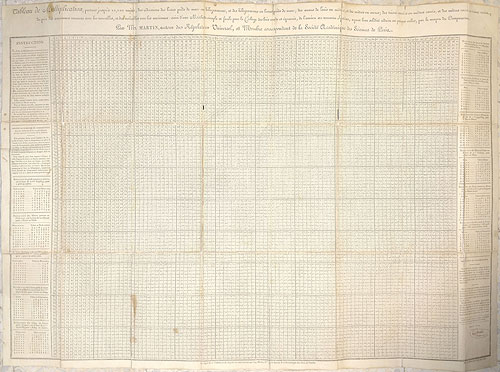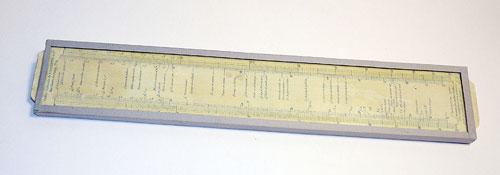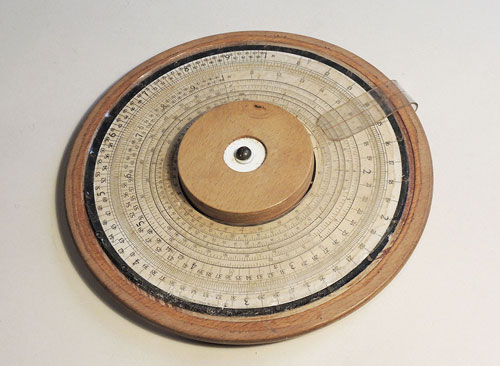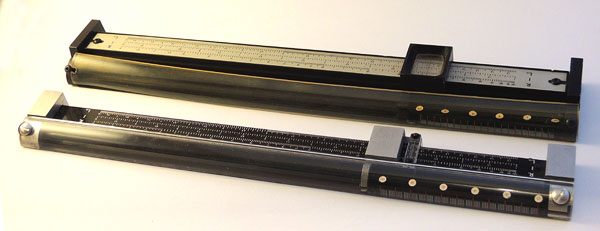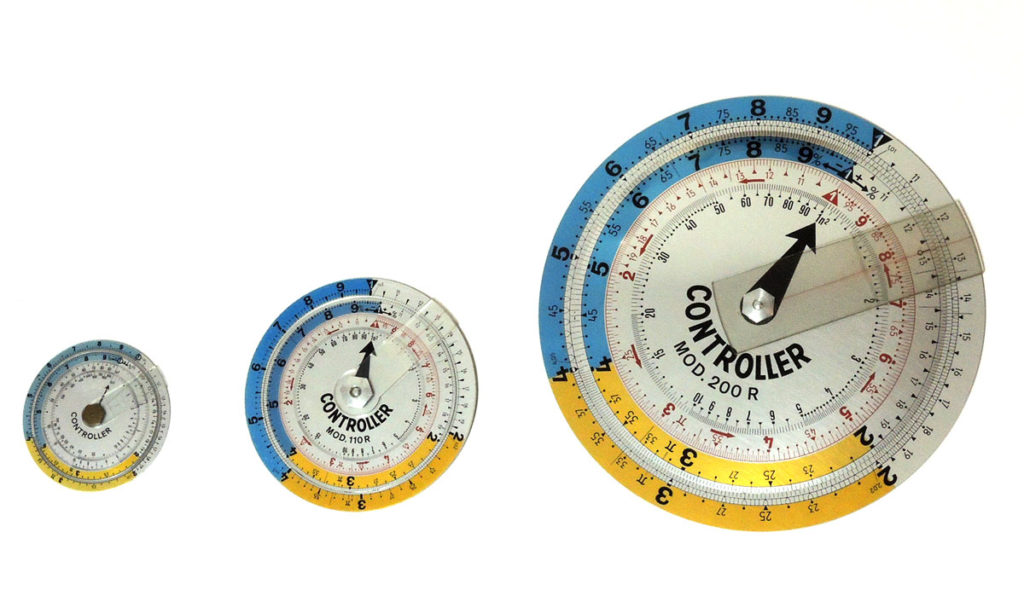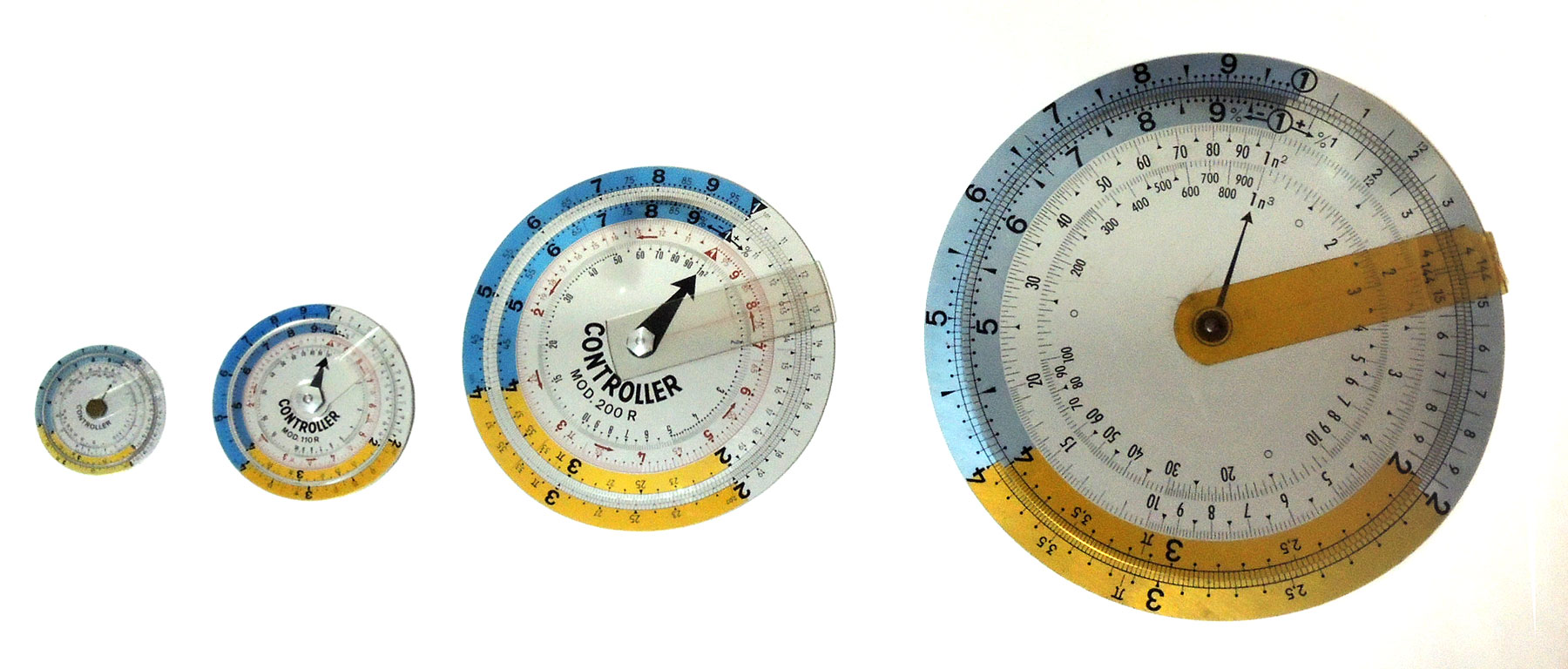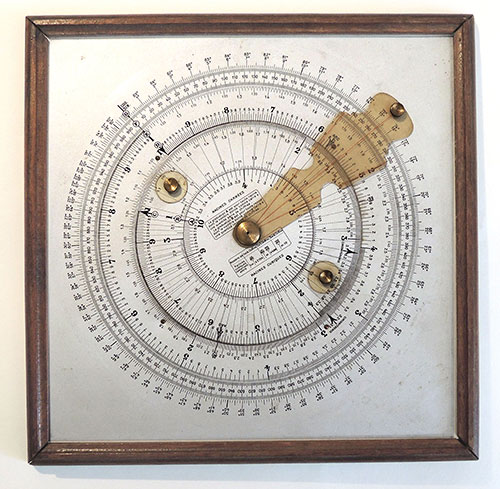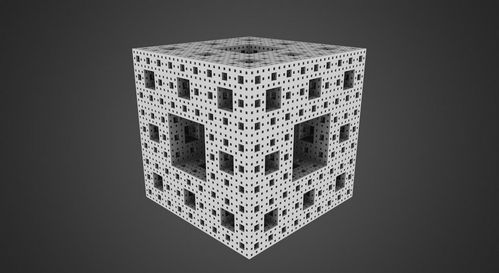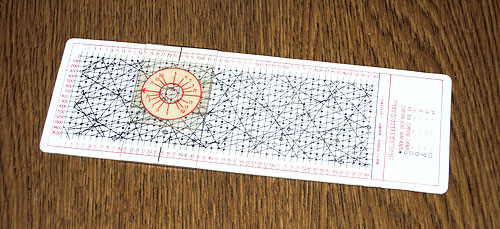I was at this coffee shop and saw the two machinettas. Of course I didn’t buy one – as coffee lovers, we have all the machinettas we need at home – but I did notice how the pair represents two different solutions to a small but important design bug that the classic machinetta had subjected coffee drinkers to for ages.

The problem is seen below. The original design from Bialetti, who invented this useful little coffeemaker, had the metal block that the handle is bolted to, marked by the red arrow in this photo. This block was just the right size and place to scald your finger when you grab the handle.

Photo credit: Dan-Martin Hellgren under CC license on Wikimedia Commons.
The two machines I’ve sighted solve this problem in two different ways frequently seen these days: the one at the left below leaves the offending hot block in place but provides a dent in the plastic to keep the finger away from it; the one on the right covers the metal with plastic all the way.

I can’t think how many times I got burned before someone at the factory decided to spare the users this pain…
